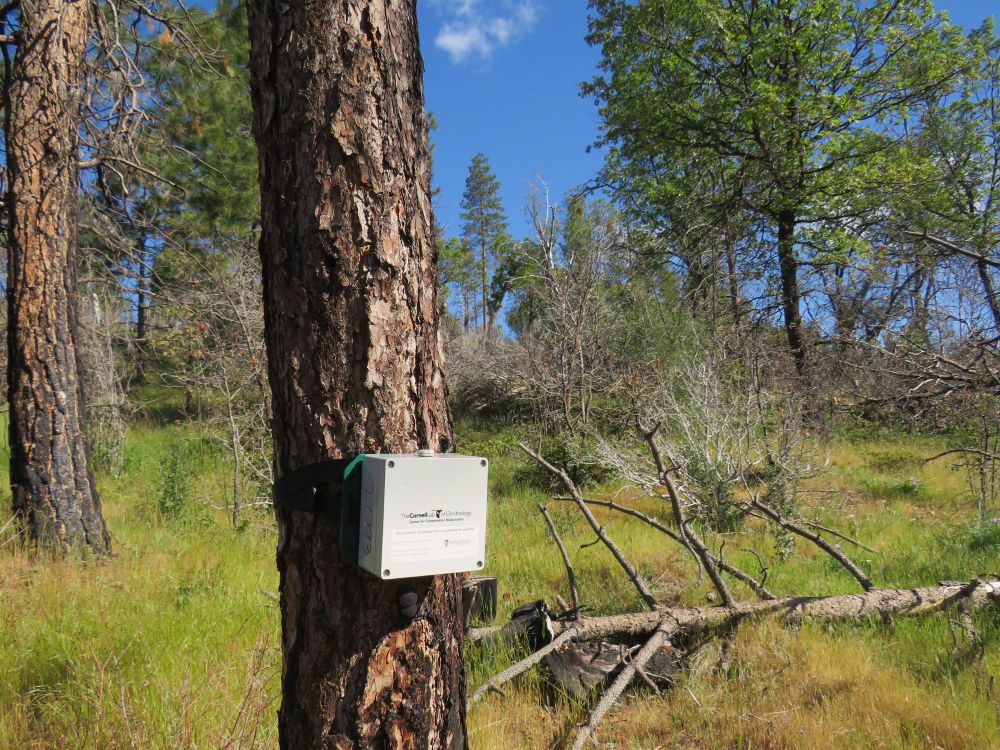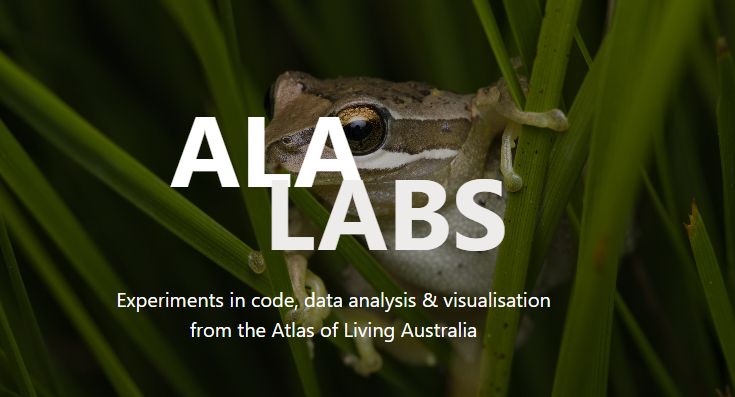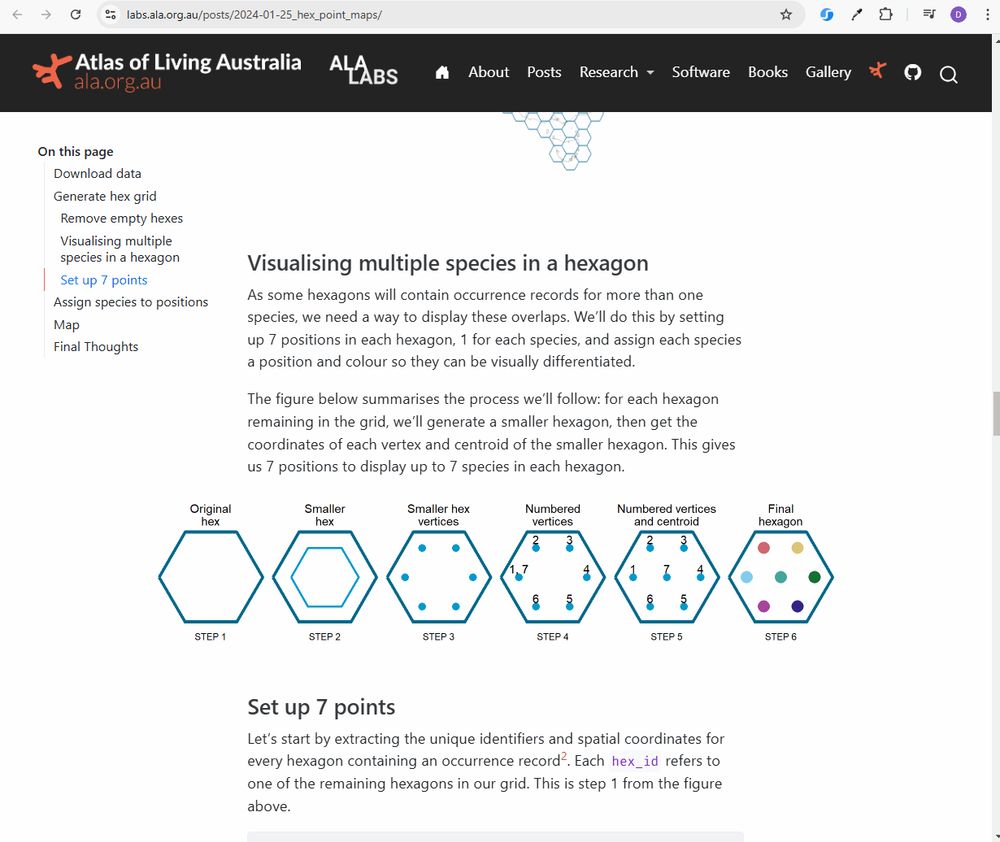
Postdoc studying ecoacoustics, conservation & biodiversity 🦎🐸🐨🦜🎶
linktr.ee/taiapo
I’m a postdoctoral researcher working on #AcousticEcology at JCU in Australia. In a nutshell, I listen to the sounds of the bush to figure out what animals are around.
Here’s a video of one of the most adorable frogs calling, the Bornean tree hole frog (Metaphrynella sundana).
We find it's not the one for all solution, but for vocal species, yes! It's highly effective & saves lots of time and money, especially in the long-term.
Find out more: doi.org/10.1111/2041... 🔈🦊🧪🌎 @methodsinecoevol.bsky.social

We find it's not the one for all solution, but for vocal species, yes! It's highly effective & saves lots of time and money, especially in the long-term.
Find out more: doi.org/10.1111/2041... 🔈🦊🧪🌎 @methodsinecoevol.bsky.social
📺Learn about best practices and common pitfalls in managing data on BirdNET w/ @openecoacoustics.bsky.social @callanalexander.bsky.social, Philip Eichinski & Dr Nina Scarpelli
@cornellbirds.bsky.social
www.youtube.com/watch?v=aml3...

📺Learn about best practices and common pitfalls in managing data on BirdNET w/ @openecoacoustics.bsky.social @callanalexander.bsky.social, Philip Eichinski & Dr Nina Scarpelli
@cornellbirds.bsky.social
www.youtube.com/watch?v=aml3...

Spoiler: Indicator species can be effective #biodiversity surrogates, but spatial scale matters!
Check it out here: doi.org/10.1111/cobi...

Spoiler: Indicator species can be effective #biodiversity surrogates, but spatial scale matters!
Check it out here: doi.org/10.1111/cobi...
www.theguardian.com/world/2025/f...

www.theguardian.com/world/2025/f...
Find out more: doi.org/10.3389/fevo... 🔈🪶🦊🐸🦎🧪🌎

Find out more: doi.org/10.3389/fevo... 🔈🪶🦊🐸🦎🧪🌎
🔎 We explored how juvenile green turtles respond to handling stress by using animal-borne cameras & drones
🌟Turtles swam excessively for 90 min after release
Find out more: doi.org/10.1002/ece3... 🌎🐢🧪
🔎 We explored how juvenile green turtles respond to handling stress by using animal-borne cameras & drones
🌟Turtles swam excessively for 90 min after release
Find out more: doi.org/10.1002/ece3... 🌎🐢🧪

✅ Are you an ecologist/biologist?
Then you might find our website ALA Labs useful!
ALA Labs is full of how-to articles to visualise or analyse biodiversity data. Some are for beginners, others are advanced/experimental 😀
labs.ala.org.au
🧪🌏 #rstats #python #quartopub



✅ Are you an ecologist/biologist?
Then you might find our website ALA Labs useful!
ALA Labs is full of how-to articles to visualise or analyse biodiversity data. Some are for beginners, others are advanced/experimental 😀
labs.ala.org.au
🧪🌏 #rstats #python #quartopub



I’m a postdoctoral researcher working on #AcousticEcology at JCU in Australia. In a nutshell, I listen to the sounds of the bush to figure out what animals are around.
Here’s a video of one of the most adorable frogs calling, the Bornean tree hole frog (Metaphrynella sundana).
I’m a postdoctoral researcher working on #AcousticEcology at JCU in Australia. In a nutshell, I listen to the sounds of the bush to figure out what animals are around.
Here’s a video of one of the most adorable frogs calling, the Bornean tree hole frog (Metaphrynella sundana).

